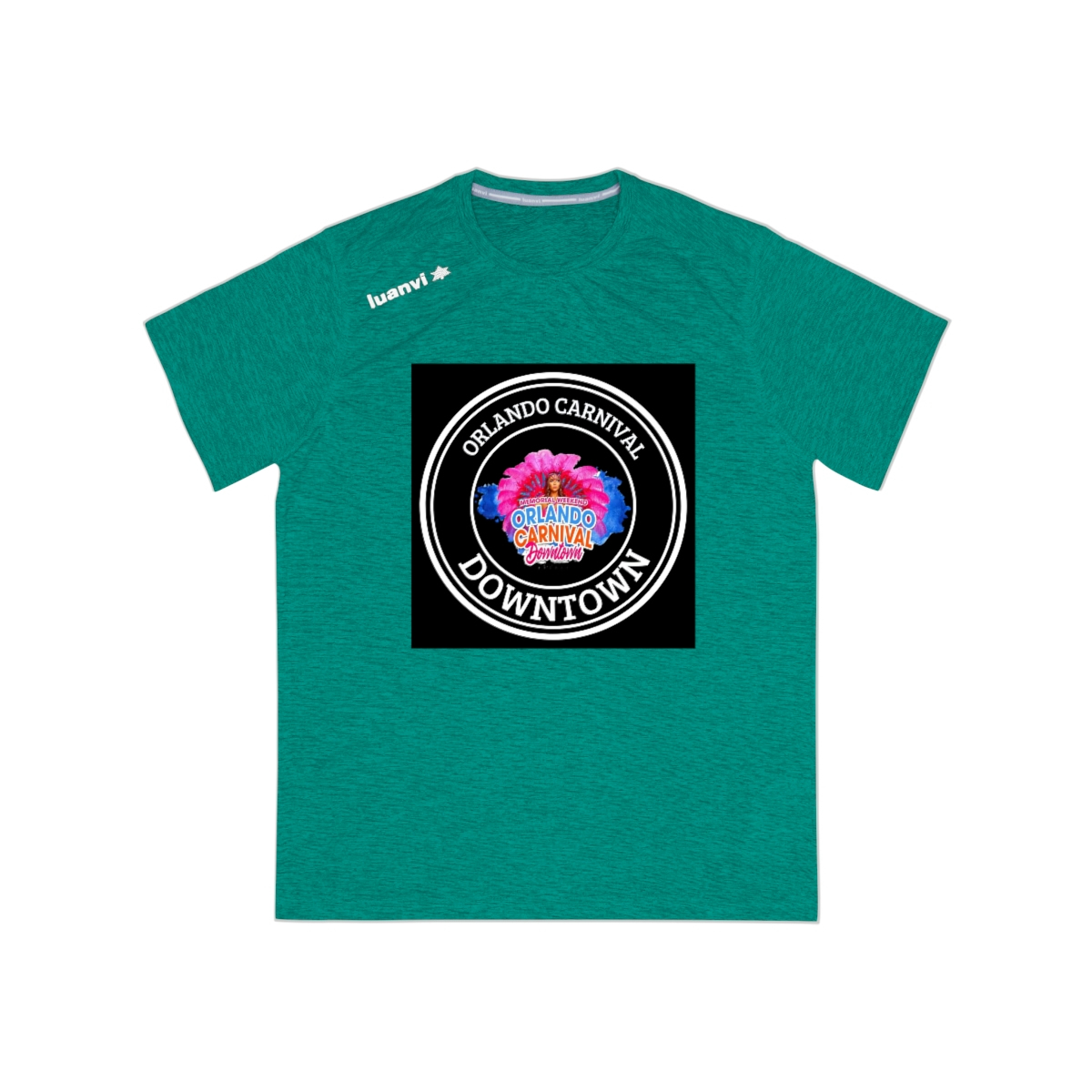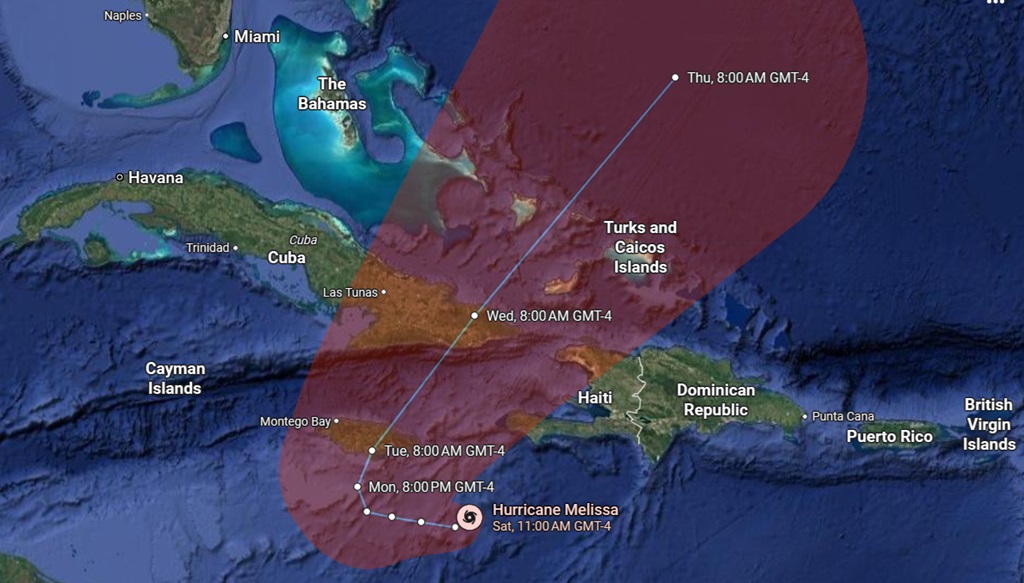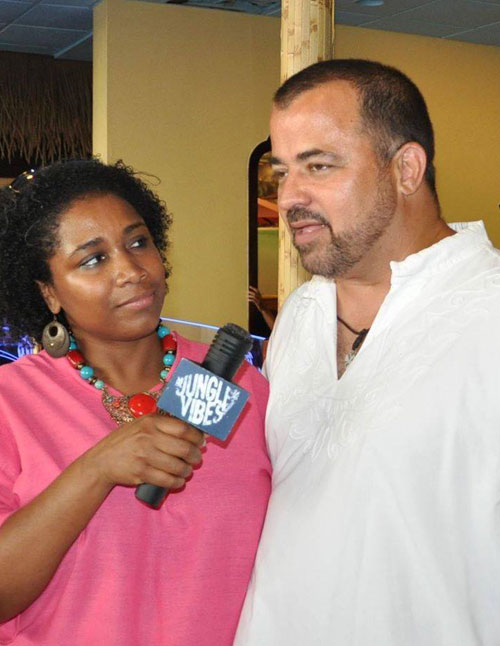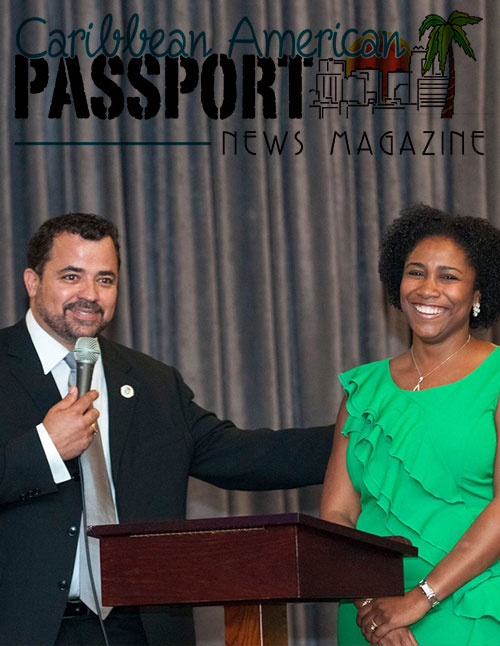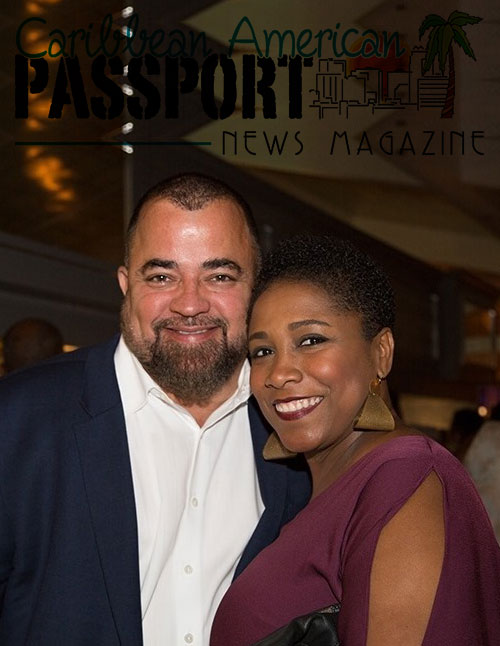February in Trinidad and Tobago is a time of electrifying celebrations, rich traditions, and unparalleled cultural expression. Whether one is reveling in the pulsating beats of soca, enjoying the national dish, or witnessing the magic of the steelpan, this month encapsulates the nation’s dynamic spirit. Visitors and locals alike embrace the energy, creativity, and community spirit that make February an unforgettable time in this beautiful Caribbean country.
Trinidad and Tobago is a vibrant twin-island nation renowned for its rich cultural heritage, and February is one of the most exciting months of the year. This period is dominated by the world-famous Carnival, but beyond that, there are various cultural events, music, cuisine, and traditions that make this month particularly special.
Carnival – The Crown Jewel of February
Carnival in Trinidad and Tobago is one of the biggest and most anticipated events in the Caribbean. The weeks leading up to Carnival Monday and Tuesday (typically held in February or early March) are filled with high-energy festivities, including fetes (parties), steelpan competitions, calypso and soca performances, and costume-making.
Some key highlights of Carnival include:
- J’Ouvert: The early morning celebration before Carnival Monday, where revelers cover themselves in paint, mud, or oil while dancing in the streets.
- Parade of the Bands: The grand procession of masqueraders in elaborate and colorful costumes, accompanied by pulsating soca and calypso music.
- Panorama: The national steelpan competition, showcasing the country's deep-rooted musical traditions.
- Calypso Monarch and Soca Monarch Competitions: Prestigious contests where artists compete for the title of best calypsonian or soca performer of the year.
Cultural and Musical Extravaganza
Apart from Carnival, February is a time when Trinidad and Tobago’s vibrant music and dance scenes thrive. Soca, calypso, chutney music, and dancehall dominate the airwaves and social events. Many cultural centers and concert halls host performances, showcasing the talent of local musicians and dancers.
Steelpan music, which originated in Trinidad and Tobago, is especially prominent during this period. Whether at organized events like Panorama or impromptu street performances, the rhythmic sounds of the steelpan fill the air.
Cuisine and Street Food
Food plays a significant role in the February festivities. Street vendors and local restaurants serve delicious Trinidadian and Tobagonian dishes such as:
- Doubles: A popular street food made of curried chickpeas between two pieces of fried dough.
- Corn Soup: A hearty, flavorful soup commonly enjoyed after a long night of partying.
- Pelau: A one-pot dish of rice, pigeon peas, chicken, and vegetables.
- Bake and Shark: A famous beachside dish, especially popular at Maracas Bay.
During Carnival, mobile food stalls line the streets, offering revelers a taste of the nation's rich culinary traditions.
Religious and Traditional Observances
While Carnival dominates the cultural calendar, February also marks the lead-up to Lent, observed by the Christian community. Many people participate in Ash Wednesday services, signaling the beginning of the Lenten season, which follows the extravagant celebrations of Carnival.
Additionally, Chinese New Year is celebrated within Trinidad and Tobago’s Chinese community, with traditional lion and dragon dances, fireworks, and special meals.


